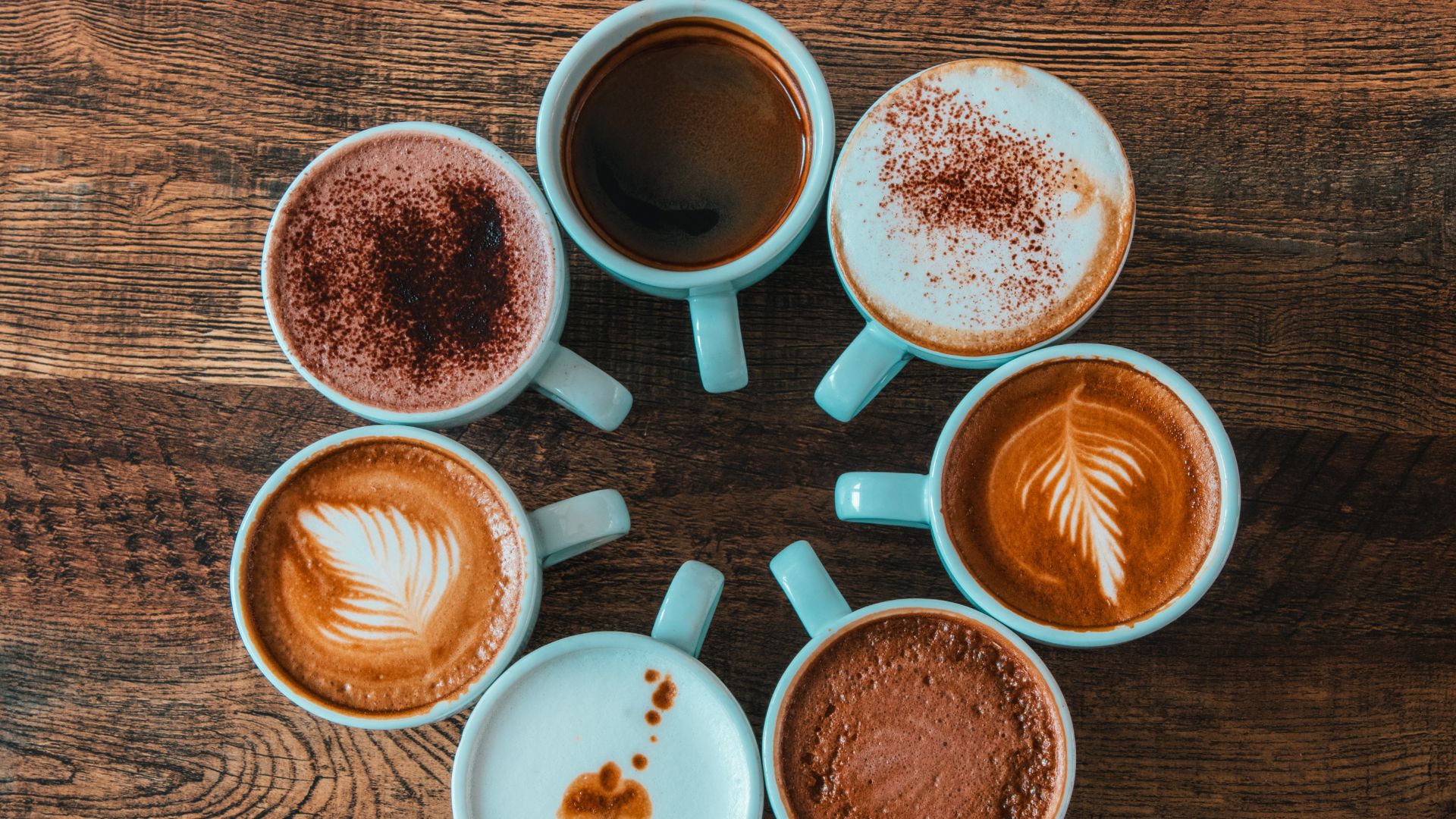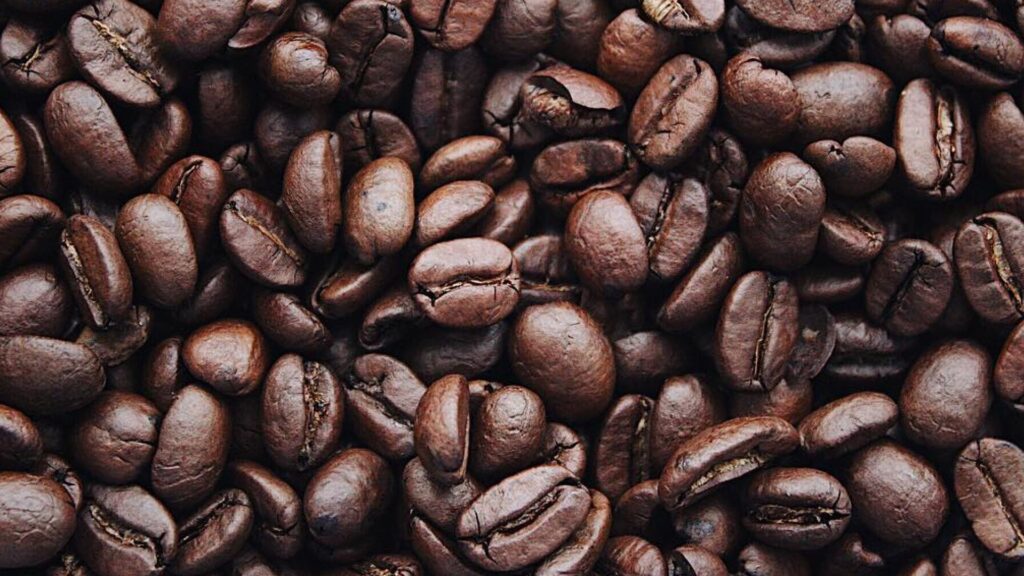
The art of coffee roasting: How it affects flavor
For many coffee enthusiasts, the brewing process gets most of the attention, but what happens before the beans even reach your coffee cup is just as important. Coffee roasting plays a critical role in developing the flavours we love and enjoy. From the rich, dark notes of a dark roast to the bright, fruity flavours of a light roast, the roasting process brings out the complex array of tastes and aromas in every coffee bean.
In this article, we’ll explore the art of coffee roasting, break down the different roasting stages, and explain how roasting influences the overall flavour profile of your cup of coffee:
- What is coffee roasting and why is it important?
- Roasting stages: Light, medium, and dark
- Chemical changes during roasting: The Maillard Reaction and Caramelisation
- How roasting affects coffee’s aroma and taste
- Explore and discover your perfect roast

What is coffee roasting and why is it important?
Coffee roasting is the process of transforming raw, green coffee beans into the rich, aromatic beans we grind and brew. During roasting, the beans are exposed to heat, which causes them to undergo chemical reactions that develop their flavour, aroma, and colour. Essentially, roasting is where the magic happens—it’s what unlocks the full potential of the coffee beans. Without roasting, the beans would be flavourless, grassy, and unpalatable.
“Roasting is the magic that transforms raw beans into a symphony of flavours, unlocking the unique essence of every cup of coffee.”
The process of roasting is also crucial for determining the overall character of the coffee. From the intensity of the bitterness to the sweetness or acidity, the roast affects all these factors. Even the same coffee beans can taste vastly different depending on how they are roasted, which is why roasting is often considered both an art and a science. A skilled roaster knows exactly when to stop the roasting process to bring out the desired flavours without overdoing it.
Roasting stages: Light, medium, and dark
Coffee beans go through various stages of roasting, each resulting in a distinct flavour profile. The three main roasting levels are light, medium, and dark, and each has its own characteristics that impact the taste of the coffee.
Light roasts: Lightly roasted beans are typically roasted to an internal temperature of about 180°C to 205°C. They retain a significant amount of their original flavours and characteristics from the region they were grown in. Light roasts often have more acidity and a bright, floral, or fruity profile. These coffees tend to have higher caffeine content compared to darker roasts, as the roasting process doesn’t break down the caffeine as much. If you enjoy a coffee with vibrant, complex flavours that highlight the terroir of the beans, light roasts are a great choice. A good example of a light roast would be an Ethiopian Yirgacheffe, which has bright citrus and floral notes.
Medium roasts: Medium roasts, typically roasted to an internal temperature of around 210°C to 220°C, strike a balance between the inherent flavours of the bean and the roasting process itself. These coffees tend to have a well-rounded flavour, with moderate acidity and a medium-bodied taste. Medium roasts are popular for their versatility, offering a good mix of sweetness and complexity without the sharpness of a light roast or the bitterness of a dark roast. If you’re new to specialty coffee, a medium roast might be the perfect starting point. A classic example of a medium roast is a Colombian coffee, which can have a nutty, caramel sweetness with a mild acidity.
Dark roasts: Dark roasts are roasted to a higher temperature, typically around 225°C to 240°C, and have a distinctively bold, smoky flavour. The longer roasting time causes the natural sugars in the coffee to caramelise, resulting in a sweeter, more pronounced bitterness and reduced acidity. Dark roasts tend to lose much of the original flavours from the coffee beans, with the roasting process taking centre stage. While dark roasts are often associated with a more robust, intense flavour, they can sometimes have a slightly burnt or charcoal-like taste. Popular dark roasts include French Roast and Italian Roast, which are rich, bold, and slightly bitter.

Chemical changes during roasting: The Maillard Reaction and Caramelisation
Two key chemical processes take place during roasting that are essential to the development of a coffee’s flavour: the Maillard reaction and caramelisation.
The Maillard reaction: This is a chemical reaction between amino acids (from the proteins in the coffee beans) and reducing sugars. It’s responsible for the browning of the beans and contributes to the development of complex flavours, including the nutty, toasty, and slightly sweet flavours we often associate with coffee. The Maillard reaction begins at around 140°C and continues as the temperature rises during roasting. This reaction is particularly important in medium and dark roasts, where it brings out a deeper flavour profile.
Caramelisation: This occurs when the sugars in the coffee beans start to melt and break down under heat, creating the sweet, caramel-like notes that are typical of darker roasts. Caramelisation is responsible for the rich, sweet flavours that come through in dark roasts, as well as the deep, dark colour of the beans. The process starts around 160°C and becomes more pronounced as the temperature increases. Dark roasts, which are roasted longer, often showcase the caramelisation process more than light roasts.
How roasting affects coffee’s aroma and taste
The roasting process not only affects the flavour but also the aroma of the coffee. As the beans roast, volatile compounds are released, contributing to the enticing smell that accompanies freshly brewed coffee. The lighter the roast, the more the original aromas of the beans are preserved, often leading to brighter, fruitier scents. In contrast, darker roasts produce more intense, smoky, and even chocolate-like aromas, with less of the original bean’s fragrance remaining.
The taste of the coffee is also significantly affected by roasting. As mentioned earlier, light roasts have a more pronounced acidity and brighter flavours, while medium roasts are known for their balanced sweetness and complexity. Dark roasts, on the other hand, offer bold, smoky flavours with a fuller body. For example, a light roast may have floral and citrus notes, while a dark roast will often taste more like chocolate or caramel, with a slightly bitter finish. The balance between sweetness, bitterness, and acidity is what makes each roast unique, and exploring different roasts can lead to a better understanding of your taste preferences.
Explore and discover your perfect roast
The art of coffee roasting is central to the experience of drinking coffee, and each roast level offers a different flavour profile that suits various preferences. Whether you enjoy the bright, fruity notes of a light roast, the balanced complexity of a medium roast, or the rich, smoky flavours of a dark roast, there’s a roast for every coffee lover. The key is to experiment and find the roast that best fits your tastes.
Let’s recap:
- Coffee roasting is the process of turning raw green coffee beans into aromatic beans through heat, which develops the flavour and aroma of the coffee.
- There are three main roasting levels: light, medium, and dark. Light roasts are bright and fruity, medium roasts are balanced and smooth, and dark roasts are bold, smoky, and bittersweet.
- The Maillard reaction and caramelisation are key processes during roasting. The Maillard reaction creates nutty and toasty flavours, while caramelisation brings out sweetness and rich, caramel-like notes.
- Lighter roasts preserve the original bean aromas with bright, fruity flavours, while darker roasts develop deeper, smokier, and chocolate-like aromas with a more intense flavour.
- Light roasts often feature floral and citrus notes (e.g., Ethiopian Yirgacheffe), medium roasts offer balanced flavours (e.g., Colombian coffee), and dark roasts have rich, chocolatey flavours (e.g., French or Italian roast).
- Experimenting with various roasts helps discover your preferred flavour profile, as each roast offers distinct tastes and aromas suited to different preferences.
By understanding the roasting process and how it impacts flavour, you’ll be able to appreciate the nuances of each cup you brew. So, next time you’re picking out your coffee beans, consider the roast level and the flavour profile you prefer. Don’t be afraid to try something new—whether it’s a light roast with fruity, floral notes or a deep, dark roast with smoky undertones, there’s a whole world of flavour waiting for you to discover.
